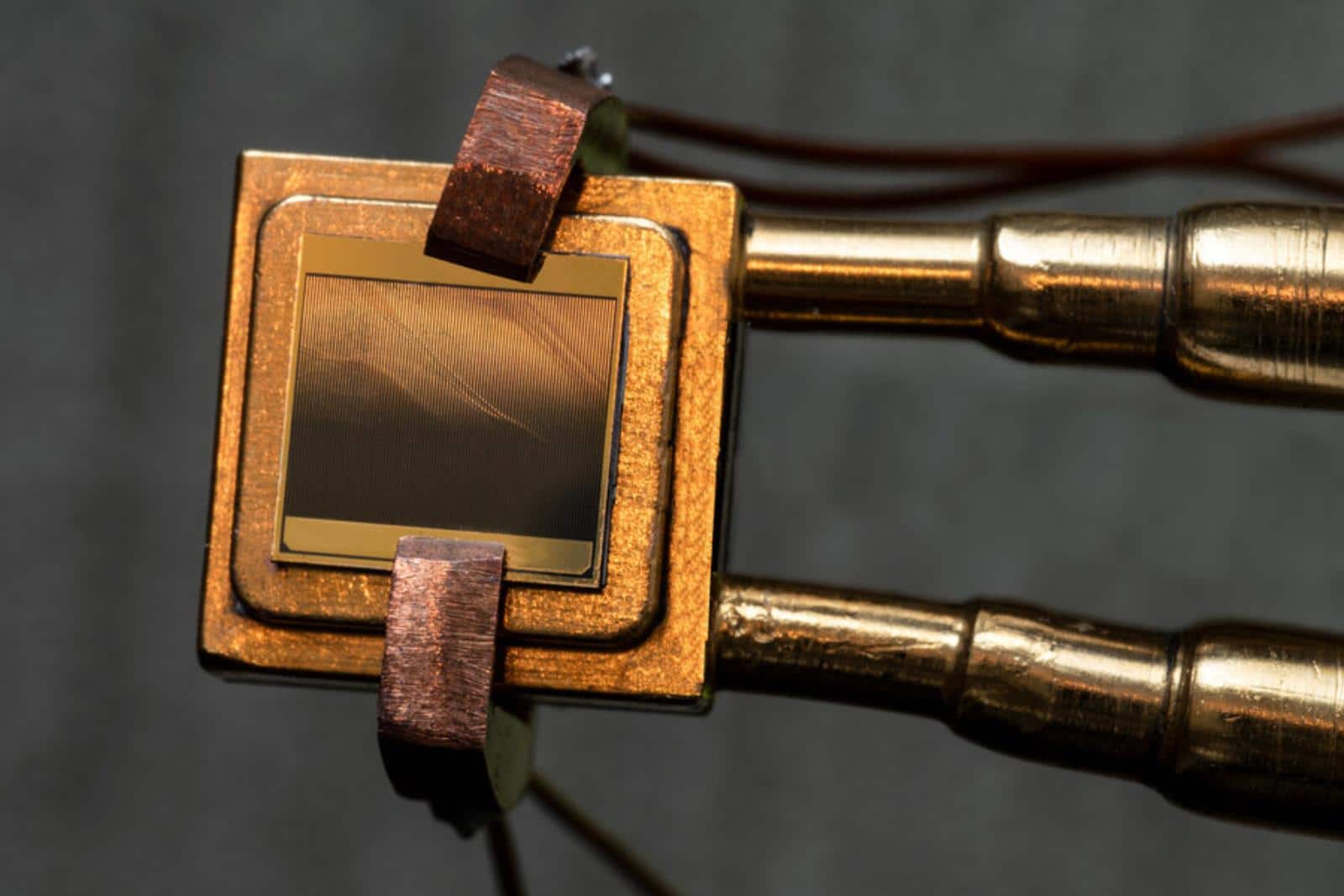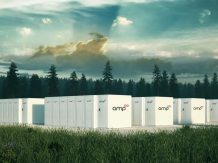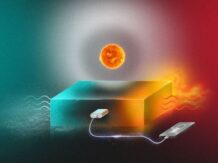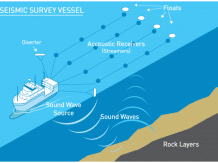Engineers at MIT and the National Renewable Energy Laboratory (NREL) have designed a completely new heat engine with no moving parts that is more efficient than a steam turbine. At least, that’s what they demonstrated in their demonstrations that this engine converts heat into electricity with over 40 percent efficiency.
The scientists behind the new heat engine have a great purpose. They want to significantly improve the power grid
In practice, a heat engine is nothing but a thermophotovoltaic cell (TPV), which in turn is similar to a photovoltaic cell in a solar panel. This passively captures high-energy photons from the hot heat source and converts them into electricity, which, in the case of the project team, can generate electricity from a heat source with a temperature of 1900 to 2400 degrees Celsius.
Also read: We know the release date of OnePlus Ace. Will it be the Chinese variant of OnePlus 10R?
The scientists’ final plan is to integrate the TPV cell into a thermal battery operating on a grid scale. This system would absorb excess energy from renewable sources and store it in highly insulated hot graphite tanks. When energy was needed, e.g. on cloudy days, TPV cells would convert heat into electricity and send it to the power grid.
With the new TPV cell, the team successfully demonstrated the main components of the system in separate small-scale experiments. Work is currently underway to integrate these parts to demonstrate a fully operational system. The team then hopes to expand the system to replace fossil fuel power plants and enable a fully decarbonised power grid to be built entirely on renewable energy.















